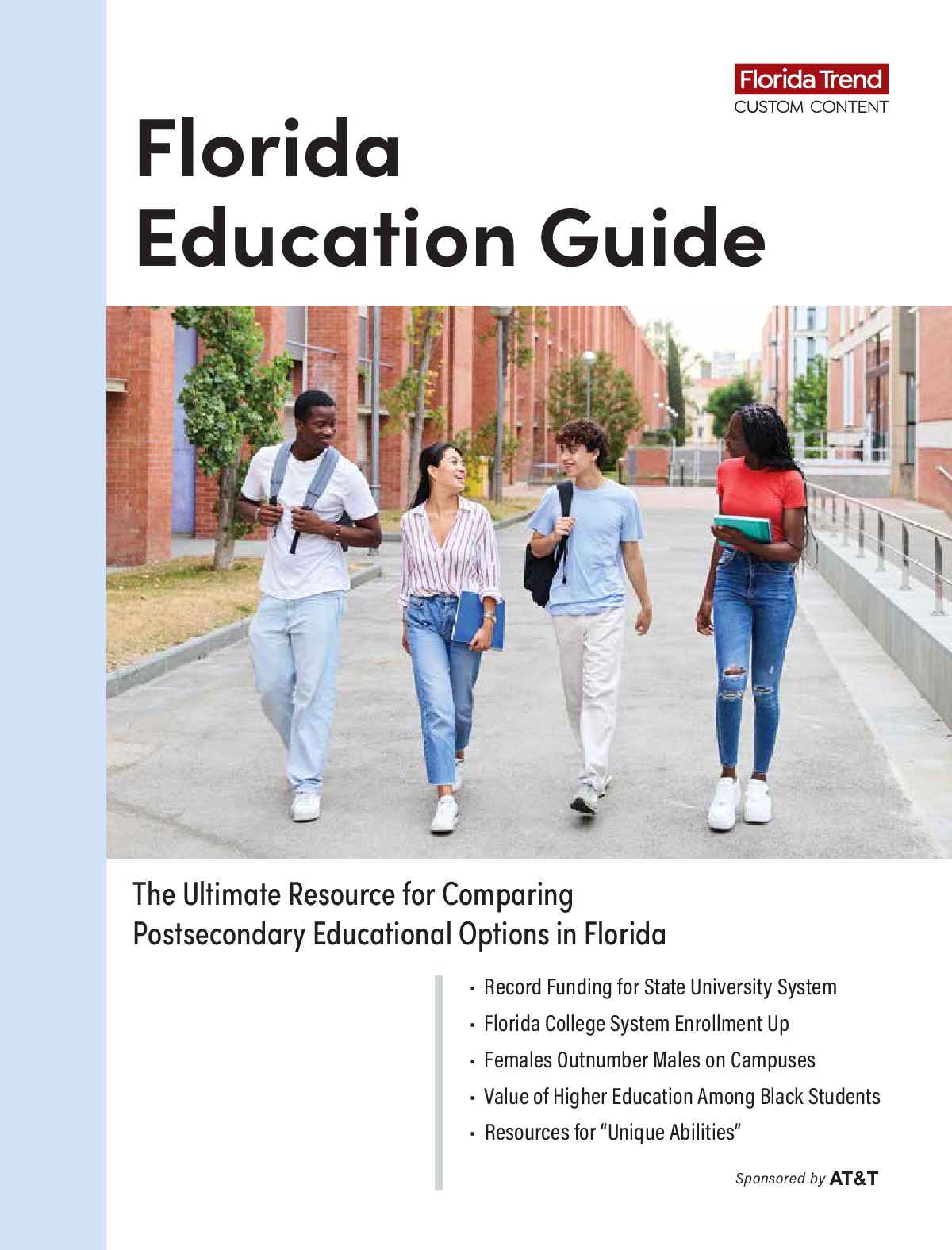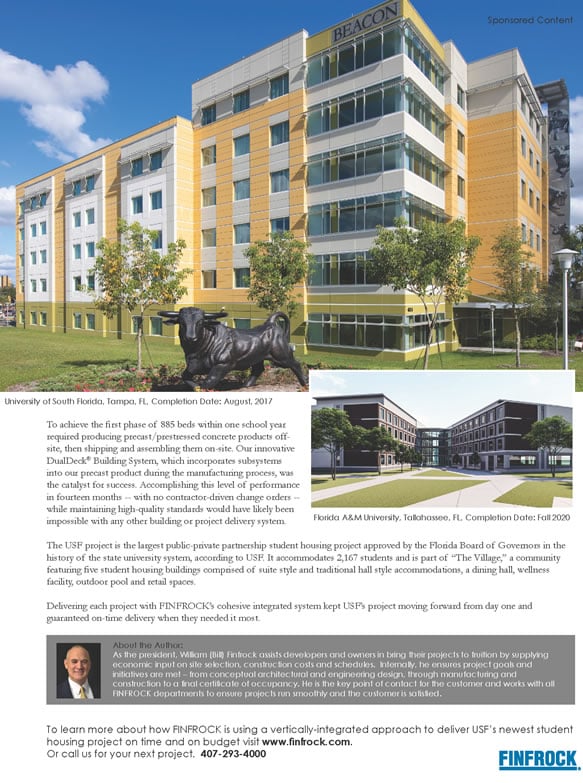Florida’s public universities, buttressed by dedicated funding from the Legislature, turned out record numbers of nurses in the last two years and moved a long way toward alleviating the state’s chronic nursing shortage.
The Legislature since 2022 has steered $138 million through two nurse-specific programs to the public universities. The money expanded nursing programs, which have added 1,000 slots in the last decade. Some 1,900 students graduated in 2024 from the public universities with a bachelor’s in nursing, up 454 from four years earlier. “Ongoing investments in nursing will guarantee our state graduates a strong workforce of highly skilled nurses, ensuring quality care for Floridians,” says State University System Chancellor Ray Rodrigues.
Private universities and the state’s colleges also have increased nursing student capacity.
The state hospital association sounded an alarm early this decade with a study showing the state would be short nearly 60,000 nurses by 2035 as in-migration brought more people, particularly heavy health care-consuming seniors, to Florida and as nurses aged out or otherwise left the workforce.
“Bottom line, we’ve made substantial progress. The commitment financially from the Legislature to expand capacity in our nursing schools is producing incredible results and increasing the number of graduates,” says Mary Mayhew, president and CEO of the Florida Hospital Association.
Hospitals have seen a 64% decline in job vacancies since 2022, she says.
“The big question, and analysis that needs to continually take place, is the growth in demand,” she says. “Florida’s population continues to increase. The aging of our population continues to increase, and the challenge that we face is whether we will have enough individuals working in health care to support the number of individuals needing those health care services, as the Baby Boomer generation in particular ages and needs more health care services.”
Along with the funding support, Mayhew credits hospitals for improving the workplace environment to reduce turnover. From 2022 to 2024, the turnover rate fell 45%. “That is a reflection of just an incredible amount of effort to really examine that workplace environment, creating and fostering a team culture, understanding what the 24-year-old nurse might need now versus 10 to 15 years ago, career ladders and use of technology to reduce administrative burnout,” she says.
Mayhew applauds the Legislature’s and governor’s “laser-beam focus” on the issue, but she adds: “You can’t take your foot off the gas pedal.”













